In this post, I’m going to talk about how to confirm cross-chain transactions. If you lack a thorough check of the movements of assets between blockchains, you may be at risk.
Having some form of verification minimizes the possibility of mistakes and no transparency in regards to funds being sent and received.
In this post, I’m going to outline the actions, guidance, and verification of seamless cross-chain transfers.
What Is a Cross-Chain Transaction?
A cross-chain transaction is the moving of assets like tokens or data between two separate blockchain networks.
Unlike regular transactions within the same blockchain, cross-chain transactions enable interoperability which permits the user to change funds or data from one chain to another like moving Ethereum tokens to the Binance Smart Chain.

These transactions utilize cross-chain bridges, atomic swaps, or other decentralized systems of varying protocols to keep the transaction secure and accurate.
Cross-chain transactions are important for DeFi, NFTs, or other multi-chain applications. It offers the user flexibility while maintaining transparency and trust across the blockchain network.
How To Verify Cross-Chain Transactions
Let Us Take One Platform Example: Wormhole
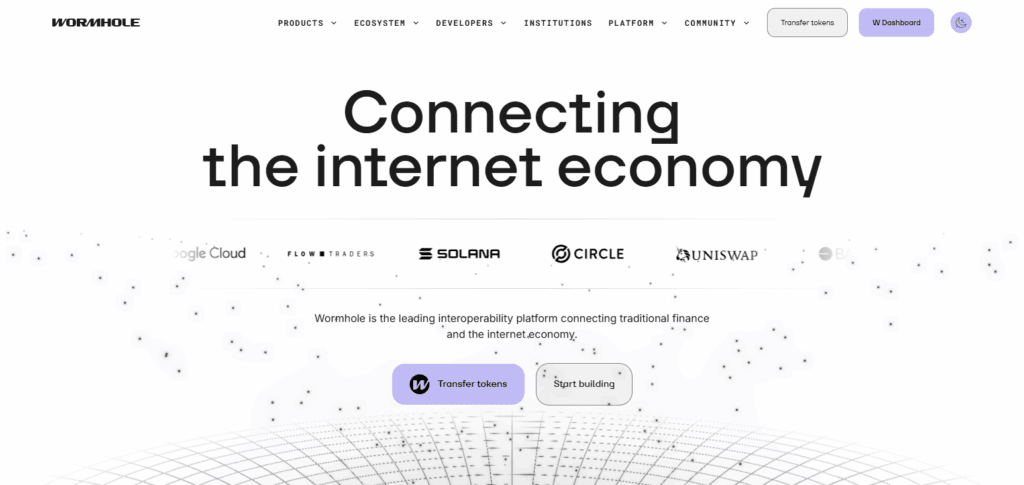
Wormhole is a cross-chain bridge that allows users to move assets between Ethereum, Solana, Binance Smart Chain, and Terra, among others. Here’s how to verify a cross-chain transaction on Wormhole:
Initiate Transfer
Start sending your tokens from the source chain using the Wormhole interface.
Obtain Transaction Hash
After your transaction has gone through, make sure you make a note of the transaction ID (hash) on the source blockchain.
Check Source Chain Explorer
Using Etherscan or Solscan, find the confirmed transaction on the source chain.
Track on Wormhole Dashboard
The tokens do not remain bridged indefinitely. The dashboard indicates whether the tokens are ready on the destination chain.
Verify Destination Chain
Use the blockchain explorer to check whether the tokens have been received and that the balance and address matches.
Why is Verification Important?
Prevent Loss of Funds
In the absence of verification, users may mistakenly send assets to incorrect addresses or chains, permanently losing them. Confirming transactions on both source and destination chains ensures that funds are safely updated on both chains.
Identify Non-Authorized Transactions / Double Spending
Cross-chain transfers are always vulnerable to nefarious hacks and attempts. Some form of verification on each transaction helps identify rogue and duplicate transactions which can harm your finances.
Provide Proof of Transfer
Verification builds trust, especially in decentralized systems, where tracking of transactions has to be done meticulously to prove that the transactions were completed.
Get Confirmation of Transfer Completion
In the case where some bridges or protocols might report completed transactions, cross verification can make sure that the completed transaction is unquestionable and your tokens can be found on the destination chain.
Minimize Errors in Multi Chain Operation Processes
Cross-chain transactions are a collection of transactions conducted in a series of actions. Verification of each step helps minimize errors, ensuring that the transfer of both these assets is done properly and recorded for all chains.
Key Issues Faced During Cross-Chain Transaction Verification
Different Blockchain Protocols Every blockchain has its own data structure, which makes it hard to verify transactions consistently across multiple chains.
Bridge Vulnerabilities Cross-chain transfers can be lost and, due to the centralized and poorly secured bridges, may be also delayed or fail. Verifying such transactions requires extreme vigilance.
Delayed Confirmations Delays in confirmations can also stem from blockchain congestion. These delays can render processing and verification of transactions challenging for users based on the resulting baseline congestion.
Complexity of Multi-Step Transfers Cross-chain transfers can be intricate and involve multiple different steps that can include locking and later releasing the assets as well as minting wrapped tokens. Each of the steps becomes hard to track in order to be processed successfully.
Limited Verification Tools Accessibility of bridges or unrelated blockchains lacking in user-friendly explorers or dashboards can hinder users from independently verifying transactions.
Risk of Human Error Verification absence on each step can lead to replacement of the address, transaction hashes, or any of the bridges to result in lost or failed cross-chain transfers.
Best Tools for Cross-Chain Verification
1. MetaMask Wallet
MetaMask is more than just a wallet. It’s also a verification tool. Users can verify cross-chain transactions by viewing balances of tokens and recent transactions across different networks associated with the wallet.
It also informs users about transfers that are pending or transfers that have failed. Additionally, users can interact directly with different briges or DEXs and MetaMask helps users with that.
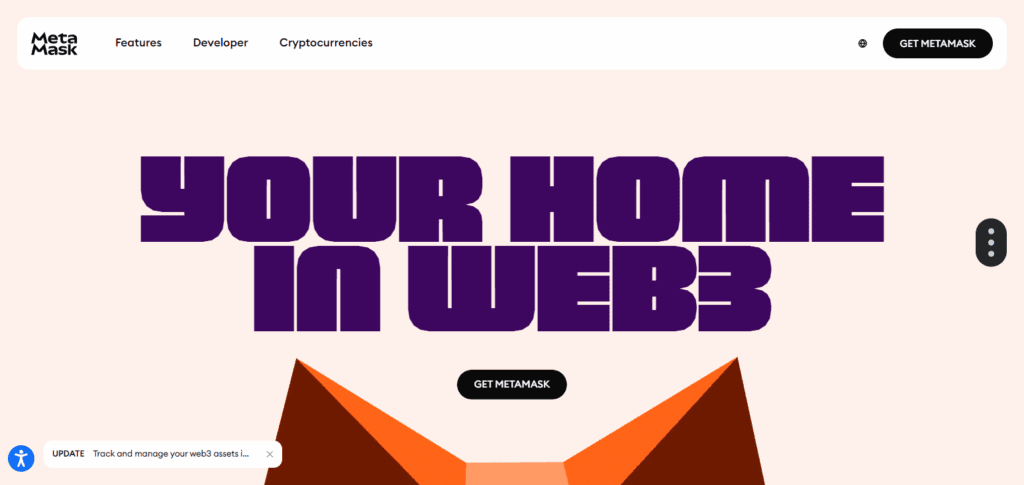
Along with with blockchain explorers, MetaMask helps users verify that, along with other cross chain assets, the intended destination wallet has received the assets.
As a blockchain explorer, MetaMask helps users verify that assets safely reach the intended destination wallet after a cross-chain transfer.
2. Zerion
Zerion helps users track their portfolios across multiple blockchains, aggregating transaction history from more than 50 blockchains.
Users are able to monitor cross-chain transactions from multiple block explorers in a more streamlined way.
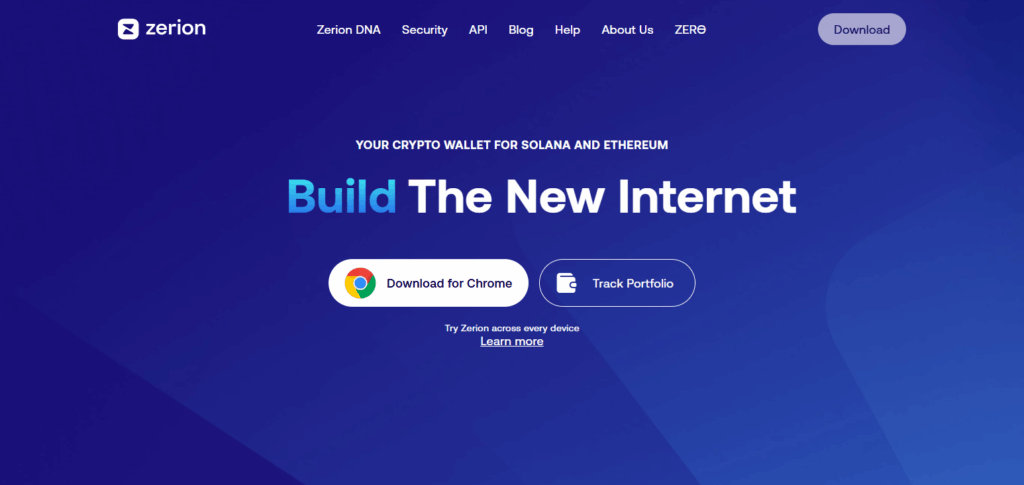
Users can verify successful movement of assets across chains by viewing token transfers, staking records, and DeFi interactions.
Users can also receive alerts about pending and completed transactions, cross-chain transaction verification is made easier with the help of this platform.
3. LayerZero Explorer
LayerZero has a chain of multiple chains. Each explorer can confirm a transaction on all the chains on which the transaction receiver events are registered.
By entering the transaction hash, users can see the confirmations on both ends of the transfer.
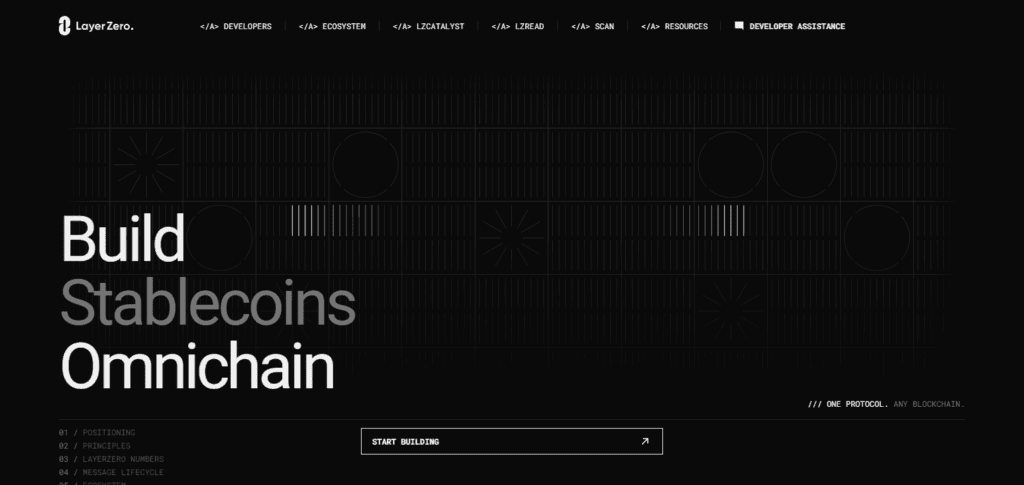
It is built user friendly in that it provides thorough records that help track down problems in multi-chain processing of contracts and emergency bridges.
Other users may find the records and logs of the contracts useful in more advanced chain processes.
Best Practices for Secure Verification
Double check addresses and transaction ids
Always check the wallet addresses of the sender and the receiver before starting the cross-chain transaction. Make sure to check the transaction Id on the source and the destination blockchain explorers. This will ensure the transfer is recorded accurately to avoid loss of the funds.
Do not rely on one tool for verification
Do not use one explorer or bridge interface only. Different tools can have gaps in the information because of network issues or other delays. It is important to check the information on different tools to gain credibility about the transaction.
Employ hardware wallets
Tools such as ledger or trezor, which are hardware wallets, keep private keys offline. This makes them immune to hacks and phishing. Having to verify and approve cross-chain transactions becomes easier and safer.
Be Aware of Bridge Hacks and Security Vulnerabilities
Cross-chain bridges are likely to be the target of some hacks. Make it a point to regularly seek out information surrounding the bridges you use. Noticing gaps can help avoid the transfers, ensuring safer verification and destruction of the transactions.
Future of Cross-Chain Verification
Use of Interoperability Protocols: Enabled by protocols like Polkadot, Cosmos, and LayerZero, blockchains communicate to enhance cross-chain transaction verification and interoperability.
Decentralized Bridges Expansion: Decentralized bridges shift the dependence on central entities, hence boosting security, transparency, and cross-chain transaction verification.
Adoption of zkProofs: Cross-chain transfers become more efficient and secure due to zkProofs and other Zero-knowledge techniques which enable trustless verification.
Pros and Cons How To Verify Cross-Chain Transactions:
| Pros | Cons |
|---|---|
| Enhanced Security – Verification ensures transactions are legitimate and prevents loss of funds or fraud. | Complex Process – Cross-chain verification can be confusing, especially for beginners dealing with multiple blockchains. |
| Transparency – Users can track transaction progress on both source and destination chains. | Time-Consuming – Multi-step transfers may take longer due to confirmations on different blockchains. |
| Fraud Prevention – Helps detect double-spending, hacks, or malicious activity during transfers. | Tool Dependence – Requires multiple explorers, wallets, or bridge dashboards for accurate verification. |
| Error Minimization – Cross-checking transaction IDs reduces human mistakes and incorrect transfers. | Technical Knowledge Required – Users must understand bridges, explorers, and hash tracking. |
| Trust in Decentralized Systems – Builds confidence in multi-chain operations and DeFi applications. | Bridge Vulnerabilities – Some bridges may have security flaws that complicate verification. |
Conclusion
To conclude, cross-chain transaction verification is crucial for security, precision, and clarity across different blockchains.
Users can still reduce risks by employing trustworthy resources, verifying transaction addresses and IDs, and keeping bridge weaknesses in mind.
The integration of explorers, wallets, and decentralized verification techniques provides users with seamless and secure trustless verification and transfers.
This, in turn, promotes user trust in multi-chain workflows and the expanding decentralized finance ecosystem.
FAQ
Check transaction hashes on both source and destination chain explorers or bridge dashboards.
Etherscan, BscScan, Wormhole Dashboard, MetaMask, Zerion, LayerZero Explorer, and Chainalysis Reactor.
Yes, risks include hacks, bridge vulnerabilities, and transaction errors.
Depends on network congestion and confirmation times; usually a few minutes to an hour.
No, always cross-check across multiple explorers or dashboards.




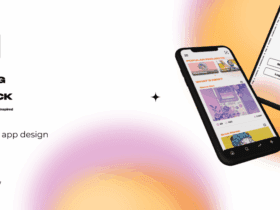






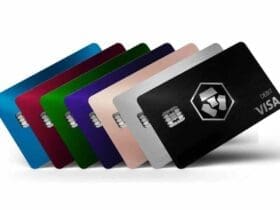
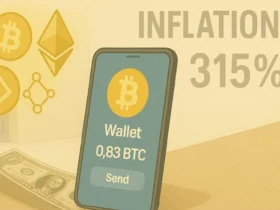

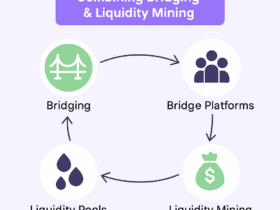
Leave a Reply